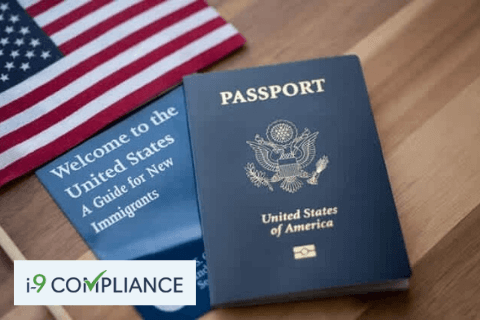USCIS Makes Changes to Prevent Multiple H-1B Registrations

Sometimes easier isn’t better, according to critics of USCIS’s electronic registration system. These critics have complained that the system makes registrations so simple and inexpensive that petitioners may easily file additional registrations in order to increase the chance of selection. Some have even alleged that multiple companies might register for the same individual, perhaps in coordination. Then if the individual is selected multiple times, then only one of them will file a petition.
Regardless of the truth of these criticisms, it appears that the USCIS may have taken them to heart. In the electronic registration this year, the USCIS appears to be focusing on preventing petitioners from potentially increasing their odds of a selection unfairly with two new strategies.
Duplicate Checker Function
Submitting duplicate registrations for a single beneficiary in the H-1B electronic registration is against the rules and will invalidate all of the registrations filed by a petitioner for a beneficiary. With the duplicate checker function, employers may check before making a final submission whether or not they or a representative have already filed a registration for any of the beneficiaries listed in the draft by comparing registrations that were previously submitted in the same registration period.
Notably, the checker will not guarantee that a duplicate submission is not filed because it will only check against cases that have already been submitted, not against draft cases that may still be. This means that duplicates may still exist and be submitted within the draft as well as against other drafts.
New Attestation
For all submissions made for the fiscal year 2023, a registrant must complete an attestation which states, “I further certify that this registration (or these registrations) reflects a legitimate job offer and that I, or the organization on whose behalf this registration (or these registrations) is being submitted, have not worked with, or agreed to work with, another registrant, petitioner, agent, or other individual or entity to submit a registration to unfairly increase chances of selection for the beneficiary or beneficiaries in this submission.”
In other words, the USCIS wants employers to confirm under penalty of perjury that they actually intend to employ the beneficiary in an H-1B qualifying position and that they will file a petition if and when the individual is selected. If the USCIS finds that an individual submitted a false attestation, they refer the matter to the proper authorities to take further action.
Employer Takeaways
It waits to be seen whether or not these actions will be effective, but it is clear that the USCIS is taking steps to avoid redundant submissions or corruption within the electronic registration system.
However, an employer’s responsibilities do not end with filing a petition. Learn More
There is a considerable amount of paperwork to follow, and not least among them is the Form I-9. With foreign national workers, the employment eligibility process can quickly become confusing. The best way to help us is with an electronic I-9 management tool that can guide personnel through every step while ensuring documentation is securely stored for review at any time.
There’s a smarter way to verify your employment eligibility. I-9 Compliance makes things easier on your end with automation. Start today.